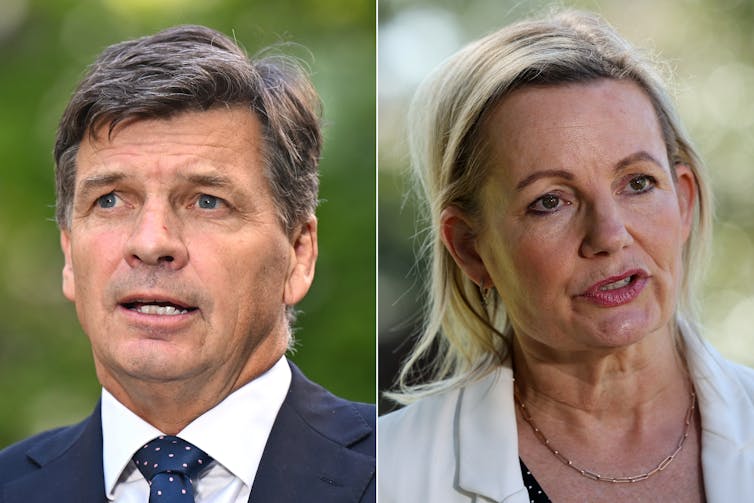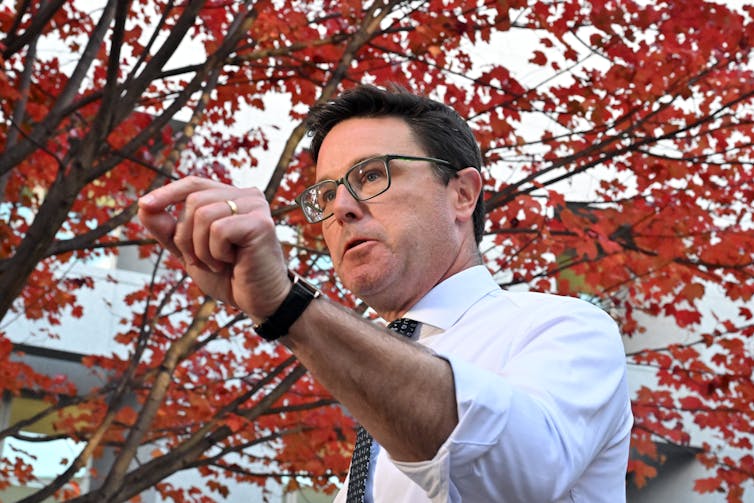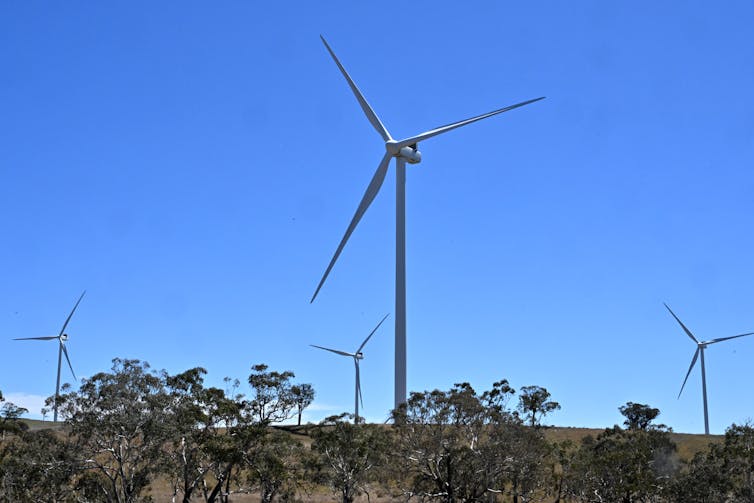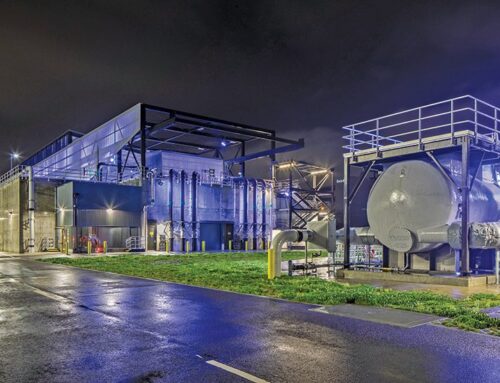From nuclear to nature laws, here’s where new Liberal leader Sussan Ley stands on 4 energy
May 13, 2025
Sussan Ley has been elected Liberal leader after defeating rival Angus Taylor in a party room vote on Tuesday. Now the leadership question is settled, the hard work of rebuilding the party can begin.
In the wake of its election loss, the Coalition has foreshadowed a sweeping policy review. Where the Coalition lands on the contentious nuclear energy policy will be keenly watched.
The majority Labor government is likely to easily push legislation through the lower house. However, the Senate numbers mean Labor needs backing from either the Greens or the Coalition to pass bills into law.
So where does Ley stand on nuclear energy and other pressure points across the environment and energy portfolios? Ley’s stance on four key issues, including during her time as environment minister in the Morrison government, provides important insights.

AAP Image/Lukas Coch, Paul Braven
1. Nuclear power and gas
The resounding Coalition election defeat suggest the prospects for nuclear power in Australia are now poor. But the Coalition’s nuclear policy may yet resurface, given the Nationals still support it.
During the election campaign, Ley backed the Liberals’ call for nuclear power in Australia, arguing nuclear can provide a zero-emissions option that’s needed in the shift to renewables.
In a 2023 speech, Ley suggested nuclear power had a big future in Australia, saying:
The fact is the latest technology reactors in nuclear-powered submarines in operation today don’t need to be refuelled for 30 years. And the money being invested into research and development is only going to make these new nuclear technologies even better.
Ley has also argued Australia needs to keep gas in the system for longer, rather than “trying to do everything with renewables”.

AAP Image/Mick Tsikas
2. The energy transition
A second-term Labor government will further progress its existing energy policies, including measures to reach its target of 82% renewable energy in the the National Electricity Market by 2030.
Ley has accepted the need for a renewable energy transition, but says it should be led by nuclear power and gas.
She has suggested enormous wind turbines and large-scale solar farms are dominating the landscape in rural areas. She also claims renewable energy projects generate insurance risks because battery storage increases fire risks.
Ley has consistently voted against increasing investment in renewable energy, and is likely to seek to ensure policy addresses rising energy prices and reliability.
3. Nature law reform
The Albanese government intends to complete reform of Australia’s federal environment laws, known collectively as the Environment Protection and Biodiversity Conservation Act (or EPBC Act). Labor’s proposed reforms stalled in the Senate last term.
The independent review that preceded the reform, led by Graeme Samuel, was initiated by the Morrison government under Ley, who served as environment minister from 2019 to 2022.
An interim report from the Samuel review was released in July 2020. Ley seized on recommendations that suited her government’s agenda – notably, streamlining the environmental approvals process to speed up decisions on proposed developments. She vowed to start working on them even before the review was finalised, and before public comment on the draft was received.
Ley put bills to parliament in August 2020 and February 2021 seeking to amend the laws. The first sought to hand powers for environmental approvals to the states. The proposal was criticised for lacking environmental safeguards.
This prompted Ley to introduce a second bill which sought to ensure state agreements were monitored and audited. It also provided for new “national environmental standards” to guide approval decisions.
But both bills lapsed before the 2022 election after failing to secure Senate support.
National environmental standards were a key recommendation from the Samuel review, and also a centrepiece of Labor’s proposed reforms. However, Labor’s proposed standards were more robust and focused on outcomes.
The bills Labor introduced to parliament in 2024 also sought establish Australia’s first national environment protection agency to carry out compliance and enforcement. This body would have had more power than Ley’s proposed commissioner.
So while Labor’s proposed reform package was bolder, both Ley and her then Labor counterpart Tanya Plibersek’s proposals were comprised of similar ingredients. Given Ley has shown support for some elements of Labor’s reform package before, namely devolving powers to states and implementing standards, there may be some grounds for negotiation.

AAP Image/Mick Tsikas
4. Coal and climate change
As environment minister, Ley welcomed the Coalition’s approval of the huge Adani coalmine in central Queensland. She also gave the green light to other coal projects. Plibersek took a similar approach to coal projects in her time as minister.
In 2021, the Federal Court found Ley, as environment minister, owed a duty of care to future generations to avoid causing climate harm through her decisions. Ley successfully appealed the ruling.
Separately, Ley has also claimed climate change is not part of the environment portfolio.
When the Coalition reflects on the resounding defeat at the election, Ley’s hard stance on climate may soften.
Finding common ground
Ley brings a deeper understanding of nature law reform to the position of Liberal leader than her predecessor Peter Dutton. This raises the prospects for overhauling the EPBC Act this term.
However, Ley’s priority is likely to be streamlining the environmental approval process rather than increasing protections afforded to threatened species and ecosystems.
On the topic of gas playing a significant ongoing role in Australia’s energy mix, Ley will find many like minds in the Labor government.
When it comes to the energy transition, much rests on the party room decision on whether to persist with a nuclear power policy. Nevertheless, with or without nuclear, Ley’s previous statements suggest she will continue to argue against wind and solar generation energy on cost and reliability grounds.
Search
RECENT PRESS RELEASES
Related Post


